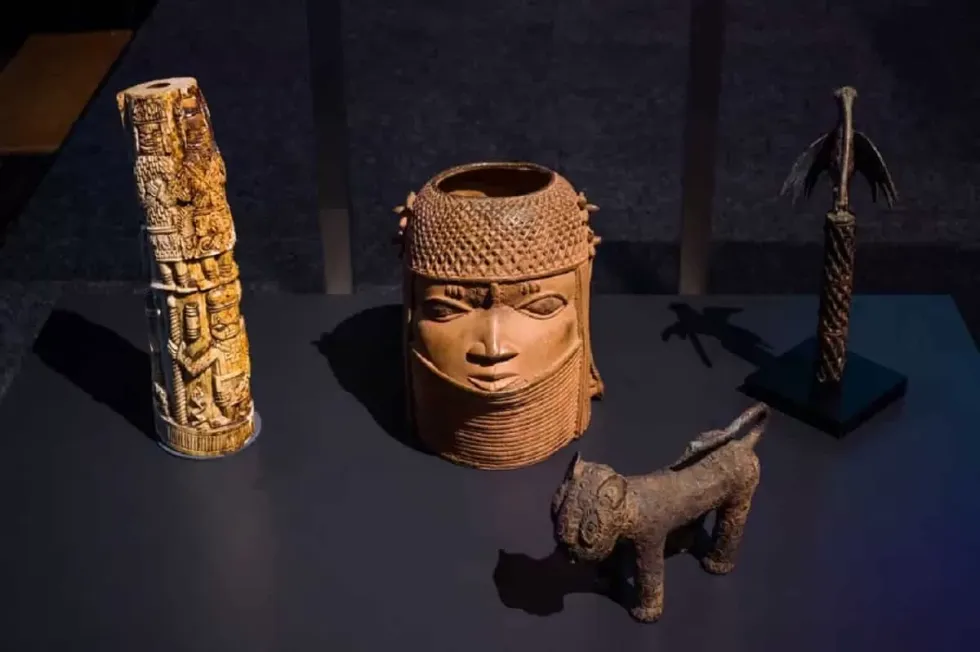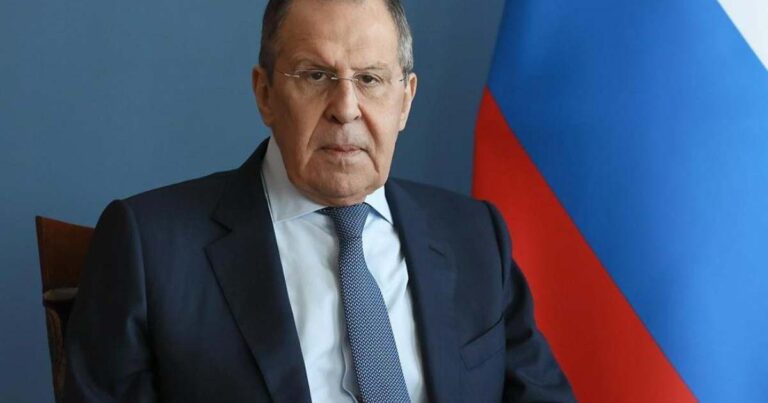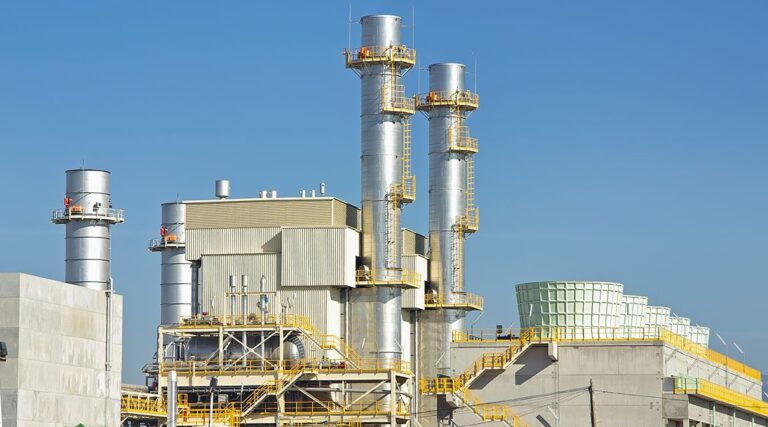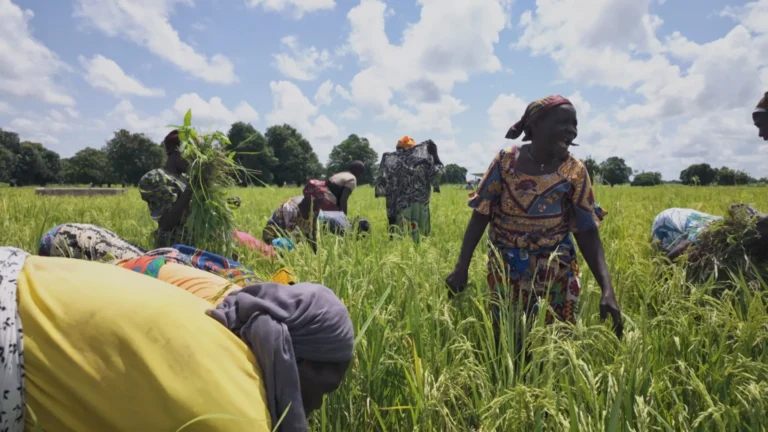
Benin Aims for cultural renaissance through restitutions, museums, and heritage festivals
Since the symbolic return of 26 royal treasures from France in 2021, Benin has launched a sweeping cultural renaissance, weaving together history, identity, and diplomacy.
The West African nation is now investing heavily in museum development and heritage revitalisation to reclaim its narrative and reassert its cultural influence on the world stage.
On November 10, 2021, the Beninese government officially received the long-lost artefacts, which were looted in 1892 during the colonial invasion of the Kingdom of Abomey.
These priceless items—including royal thrones, sacred doors, and totemic statues—had been housed for decades in the Musée du Quai Branly in Paris.
Their return, enabled by a 2020 French parliamentary law, was hailed as a historic and emotional milestone. Exhibited for two months at the Marina Presidential Palace in Cotonou, the collection drew over 200,000 visitors.
“The 26 royal treasures of Benin exhibited at the Marina Palace have their final destination in the future museum of Abomey,” stated the Beninese government, affirming its commitment to building institutions worthy of the nation’s reclaimed heritage.
In Abomey, construction is underway on the Museum of the Epic of the Amazons and Kings of Danhomè (MuRAD), designed by Franco-Cameroonian architect Françoise N’Thépé. The 2,000 m² facility, scheduled for completion by December 2025, will become the permanent home of the restituted artefacts. Nearby, the UNESCO-listed royal palaces will soon welcome the treasures back to their ancestral setting.
Meanwhile, in Porto-Novo, a bold new International Vodun Museum is rising. Designed by Ivorian architects Koffi & Diabaté, the structure is inspired by sacred calabashes and traditional tata somba dwellings. “The museology and museography are progressing very well. […] I firmly believe that by the end of 2025, [the museum] will be able to open,” said Alain Godonou, the presidency’s heritage adviser. The museum aims to challenge negative perceptions of Vodun and celebrate its global reach, with artefacts expected from Brazil, Cuba, and the United States.
Complementing the infrastructure are vibrant cultural events. The Mask Festival in Porto-Novo, launched in 2024, returns this August with performers from Benin, Nigeria, and Ivory Coast. “This festival goes far beyond entertainment. It is a historical rendezvous,” said Culture Minister Jean-Michel Abimbola.
President Patrice Talon has also rebranded January 10 as “Vodun Days,” stating, “We felt it was important to deconstruct the image people have of Vodun, portrayed as evil. So, the link is quickly made between rediscovering our identity, sharing it with the world and also developing the economy through tourism.”
Benin’s vision doesn’t stop at two museums. In Ouidah, the old Portuguese fort is being transformed into a memorial of slavery. Cotonou is preparing for a Museum of Contemporary Art. The government’s five-year plan (2021–2026) outlines the construction of four national museums and a total investment of over 1,250 billion CFA francs (€1.9 billion) into cultural infrastructure.
Tourism is also on the rise. More than 120,000 international tourists visited Benin in 2023—a 20% increase from the year before. The goal is two million visitors by 2030, supported by a $1.4 billion programme launched in June to grow tourism’s share of GDP from 6% to 13.4%.
As other African countries, including Nigeria, Senegal, and Ivory Coast, demand restitution, Benin is pushing further—building museums, curating festivals, and embedding tradition into modern identity. The country is not just recovering its past; it is rewriting its future.



